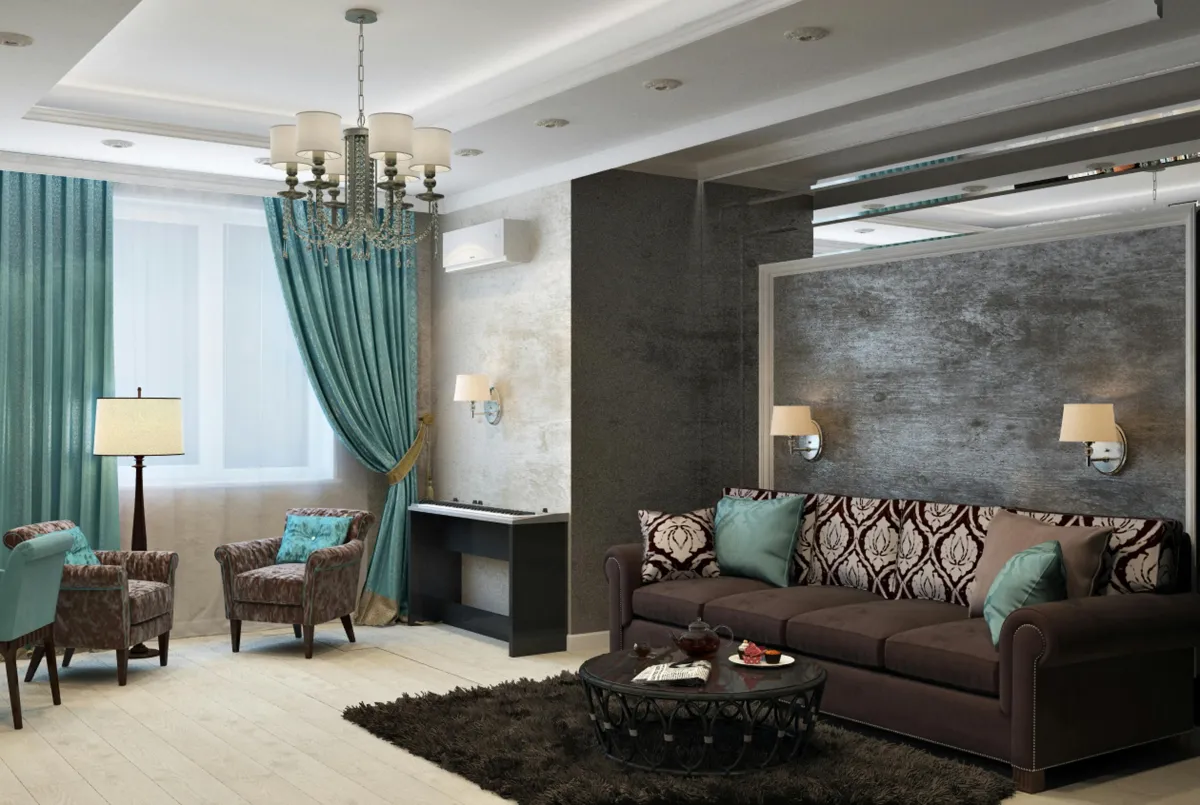OUR RECENT POSTS

Creating a Coherent Interior Design Theme Throughout Your Home
A well-designed home is more than just a collection of beautifully furnished rooms; it’s a cohesive and harmonious space where every element flows seamlessly. Achieving a coherent interior design theme not only enhances the aesthetic appeal of your home but also creates a calming and inviting atmosphere. Whether you’re starting from scratch or refreshing your decor, this guide will help you create a unified interior design theme that ties your entire home together.
Step 1: Define Your Style
The first step to a cohesive home is identifying your preferred design style. Are you drawn to the minimalism of Scandinavian design, the timeless charm of traditional decor, or the bold energy of contemporary aesthetics?
Take inspiration from design magazines, Pinterest boards, and home decor websites to pinpoint a style that resonates with you.
Once you’ve chosen a style, use it as the foundation for your design decisions across all rooms.
Step 2: Choose a Consistent Color Palette
A unified color palette is one of the most effective ways to achieve design harmony.
Base Colors: Start with 2-3 neutral tones, such as white, beige, gray, or soft pastels, as the foundation for your walls and larger furniture pieces.
Accent Colors: Add 2-3 complementary or contrasting colors for accents like cushions, curtains, artwork, or decor items.
Use the same palette throughout the home but vary its application to give each room its own personality. For example, use a bold accent color in the living room and a softer shade of the same hue in the bedroom.
Step 3: Maintain Continuity in Flooring and Walls
Consistency in flooring and wall treatments can significantly impact how cohesive your home feels.
Opt for the same type of flooring—like hardwood, tiles, or carpet—in common areas. If a single material isn’t practical, choose complementary finishes for each room.
Keep wall treatments similar by using uniform paint colors or wallpaper patterns. Accent walls can add interest but should still align with your overall theme.
Step 4: Select Complementary Furniture Styles
Your furniture should reflect your chosen design style while maintaining a balance between function and form.
Stick to a consistent material or finish, such as wood, metal, or upholstered fabrics. For example, if your dining table is walnut wood, consider walnut or complementary tones for side tables or shelving.
Avoid mixing too many furniture styles, as it can disrupt the visual flow. However, incorporating a few statement pieces that contrast subtly can add character without overwhelming the theme.
Step 5: Incorporate Cohesive Lighting
Lighting plays a crucial role in setting the tone of your home and ensuring each space feels connected.
Choose fixtures that align with your design style—whether it’s sleek pendant lights for a modern home or ornate chandeliers for a classic look.
Use layered lighting, such as a combination of ambient (overhead), task (reading lamps), and accent (wall sconces) lighting, to create depth and highlight key elements.
Step 6: Unify with Decor and Textiles
Decor elements and textiles can tie your entire design together.
Repeating Patterns and Materials: Use similar patterns, such as geometric or floral, on rugs, curtains, and throw pillows throughout your home.
Consistent Materials: Incorporate materials like wood, glass, or metal in decor pieces like frames, vases, or trays to create a sense of unity.
Keep personal items like photos or souvenirs styled similarly, using matching frames or arranging them in cohesive displays.
Step 7: Use Open Spaces as Transitional Zones
Hallways, entryways, and staircases act as bridges between rooms and can help create a seamless flow.
Decorate these areas with elements from the main design theme, such as artwork, rugs, or wall colors, to ensure continuity.
Add subtle decor, like mirrors or plants, that reflect the style of adjoining rooms.
Step 8: Balance Functionality and Aesthetics
While design cohesion is important, each room should still meet its functional needs.
A kitchen might require easy-to-clean surfaces, while a bedroom needs softer, cozier materials. Incorporate practical elements without compromising on your overarching design theme.
Step 9: Evolve Gradually
Designing a cohesive home doesn’t have to happen overnight. It’s a process that evolves as you find pieces you love.
Start with high-impact areas like the living room and kitchen, then move on to bedrooms and bathrooms.
Periodically review your space to ensure new additions align with your design vision.
Creating a coherent interior design theme transforms your home into a unified sanctuary that feels intentional and thoughtfully crafted. By focusing on consistency in style, color, materials, and decor, you’ll achieve a home that not only looks beautiful but also provides a sense of peace and harmony.
One or more of the links above are affiliate links, meaning, at no additional cost to you, we will earn a slight commission if you click through and make a purchase. Each of these products is chosen by a trusted member of our team.
